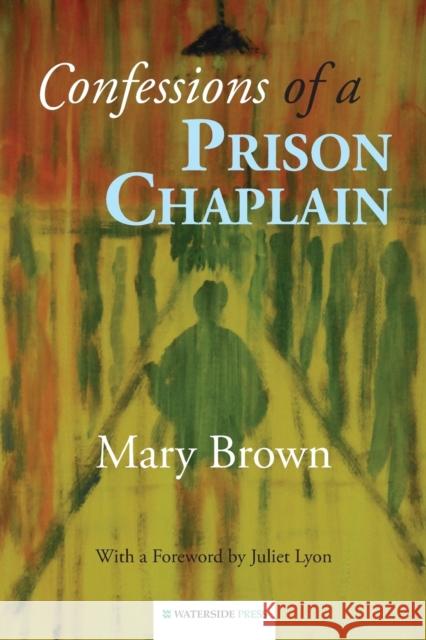Confessions of a Prison Chaplain » książka
Confessions of a Prison Chaplain
ISBN-13: 9781909976047 / Angielski / Miękka / 2014 / 140 str.
Mary Brown's engaging book describes the 'lifeline' work of the prison chaplaincy. Written by a Quaker chaplain, it shows how important to prisoners this contact is and how it blends into the ever-pressing world of prison regimes. Among the topics covered are the 'statutory duties' of chaplains, forgiveness, 'prison chapel goers', Christmas in prison, delivering bad news, dealing with grief or anxiety, learning in prison and restorative justice (which is in line with the teachings of many faiths: as old as religion itself). As the author insists, there is 'that of God' to be found in everyone no matter what their crime. Critical, perceptive and of particular interest to people working in or learning about crime and punishment. Contains insights for people of all faiths (or none). Looks at restorative justice and positive justice. Re-affirms the importance of pastoral support in the reform and rehabilitation of prisoners. As the author describes in Chapter 4, long ago she was shocked to be held for ten days in a prison cell after taking part in a peace demonstration. Much later in life she became a teacher in an open prison then, in more recent times, a Quaker prison chaplain for ten years in a closed men's prison. She is the author of Inside Art (2001).
Mary Browns engaging book describes the lifeline work of the prison chaplaincy. Written by a Quaker chaplain, it shows how important to prisoners this contact is and how it blends into the ever-pressing world of prison regimes. Among the topics covered are the statutory duties of chaplains, forgiveness, prison chapel goers, Christmas in prison, delivering bad news, dealing with grief or anxiety, learning in prison?and restorative justice (which is in line with the teachings of many faiths: as old as religion itself). As the author insists, there is that of God to be found in everyone no matter what their crime.Critical, perceptive and of particular interest to people working in or learning about crime and punishment. Contains insights for people of all faiths (or none). Looks at restorative justice and positive justice. Re-affirms the importance of pastoral support in the reform and rehabilitation of prisoners.As the author describes in Chapter 4, long ago she was shocked to be held for ten days in a prison cell after taking part in a peace demonstration. Much later in life she became a teacher in an open prison then, in more recent times, a Quaker prison chaplain for ten years in a closed mens prison. She is the author of Inside Art (2001).











